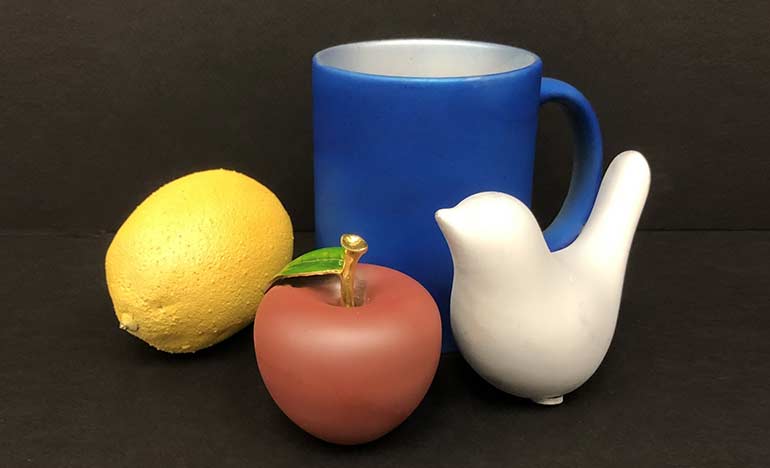Paint reduces heating and cooling loads
20th August 2023
USA: Scientists at Stanford University claim to have invented a new kind of paint that can keep homes and other buildings cooler in the summer and warmer in the winter.
Capable of being produced in a wide array of colours, the paint is said to be able to reduce the need for both heating and air conditioning in buildings and other spaces, like trains and trucks for refrigerated cargo.
The new paints are said to have reduced the energy used for heating by about 36% in experiments using artificial, cold environments, according to a study published in the Proceedings of the National Academy of Sciences.
In addition, they reduced the energy needed for cooling by almost 21% in artificial warm conditions. In simulations of a typical mid-rise apartment building in different climate zones across the United States with the new paint on exterior walls and roofs, total heating, ventilation, and air conditioning energy use declined 7.4% over the course of a year.
Two layers
Current low-emissivity paints usually have a metallic silver or grey colour, the aesthetics of which limit their use, the researchers claim. The newly invented paints have two layers applied separately: an infrared reflective bottom layer using aluminium flakes and an ultra-thin, infrared transparent upper layer using inorganic nanoparticles that comes in a wide range of colours.
The infrared spectrum of sunlight causes 49% of natural heating of the planet when it is absorbed by surfaces.
For keeping heat out, the paint can be applied to exterior walls and roofs. Most of this infrared light passes through the colour layer of the new paints, reflects off the lower layer, and passes back out as light, not being absorbed by the building materials as heat. To keep heat inside, the paints are applied to interior walls where, again, the lower layer reflects the infrared waves that transfer energy across space and are invisible to the human eye.
Specifically, up to about 80% of high mid-infrared light is reflected by the paints, doing most of the work of keeping heat inside during cold weather and outside during hot weather. The colour layer also reflects some near-infrared light, enhancing the reduction in air conditioning.
The research team tested their paints in white, blue, red, yellow, green, orange, purple, and dark grey. They were said to be 10x better than conventional paints in the same colours at reflecting high mid-infrared light, the researchers found.
Other applications
The possible applications of the paints are not limited to buildings. For example, they could cover trucks and train cars used for refrigerated transportation, in which cooling costs can take up to half the transportation budget.
“Both layers can be sprayed onto assorted surfaces of various shapes and materials providing an extra thermal barrier in many different situations,” said Yucan Peng, co-lead author of the study.
The researchers also evaluated how practical their paints would be in various situations. Both layers are water-repellant, which should enhance stability in humid environments. Painted surfaces can be cleaned easily with wet cloth or water flushing, the researchers report.
Furthermore, the paints’ performance and aesthetics were not diminished after continuous exposure for one week to high temperature (176ºF), low temperature (-320.5ºF), as well as high acidic and low acidic environments. The paint actually increased the use of air conditioning slightly in some US3 cities, but no location showed an increased total HVAC load.
“Our team continues to work on refining the paint formulations for practical applications,” said the study’s other co-lead author, Jian-Cheng Lai, a postdoctoral scholar advised by Zhenan Bao, professor of chemical engineering. “For example, water-based solutions would be more environmentally friendly than the organic solvents we used. That could facilitate the commercialisation of the paints.”







